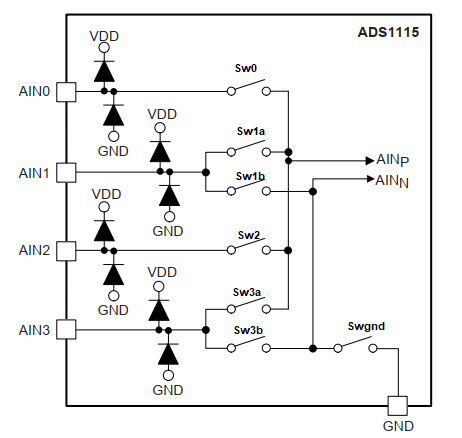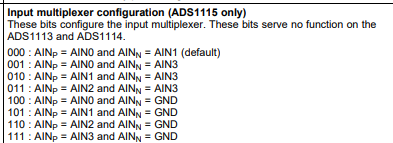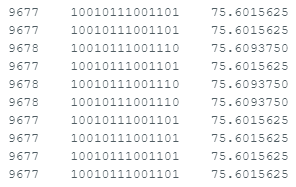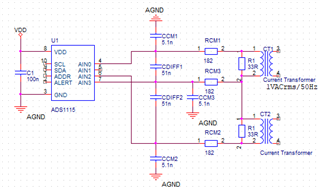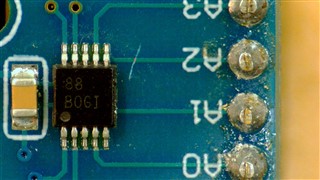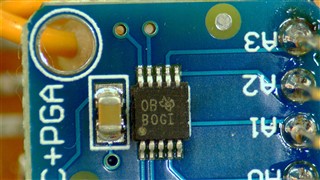Other Parts Discussed in Thread: REF5020, ADS1015
Hello Sir,
This is the first time I work with ADS1115 16 bits ADS so I need some help.
My aim is to design a high precision current meter using ADS1115 and current transformer. I have read the technical documentation but I am a bit confused about the following issues. Here is my draft design
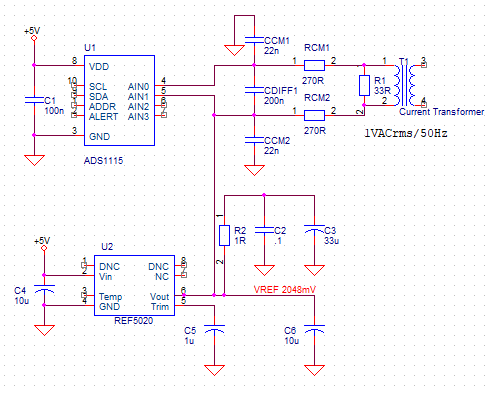
For decreasing the Common Mode error, I choose the differential configuration
Because the output impedance of the current transformer is quite low, I don't use a buffer at the inputs of ADS1115
For measuring AC voltage across the burden resistor R1, which is 1V RMS maximum, I move the input signal into the range of the ADC by using REF5020
The Rcm1,2 are high accuracy (0.1%) and Ccm1.2; Cdiff1 are all 5% NPO capacitors.
At this time, every thing seems to be OK, but there are some issues that make me confused, as below:
- The documentation says we need to choose the cutoff frequency of the RC filter some where around 10 times the sample rate that should be 860sps (8.6KHz). Because I am about to measure 50Hz signal, what would happen if I choose much lower cut off frequency (say 4KHz)?
- The sample rate of ADS1115 is a bit low. Is 860sps good enough for sampling 50Hz signal (17 samples over a signal cycle)?
- C6 is added for maintaining the stability of the VREF 2048mV as suggested by the document of REF5020 but it changes the cut-off frequency of the CM filter, so should I remove it?
I am looking forward to hearing from you
Thank you and best regards,
Tuan Tran


